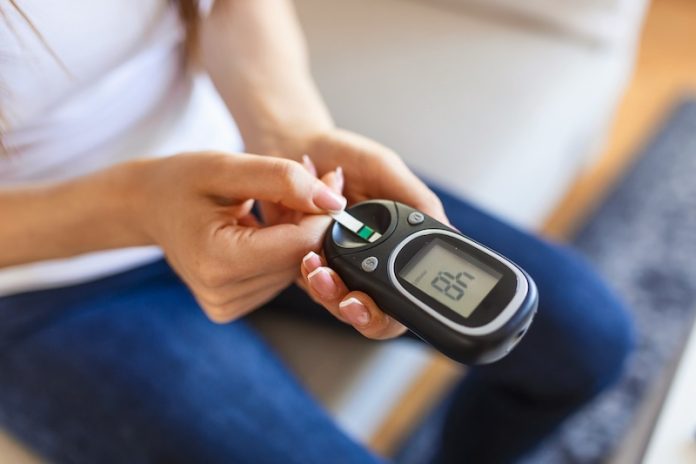
Diabetes is a common condition where the body has trouble controlling blood sugar levels. While many people know that diabetes can harm the eyes, heart, kidneys, and nerves, fewer people realize that it also affects the liver.
In fact, research shows that people with diabetes are at a higher risk of developing liver problems, including a condition called non-alcoholic fatty liver disease (NAFLD), which is now one of the most common liver diseases in the world.
The liver plays a key role in how the body processes sugar and fat. It helps store sugar (called glucose) and releases it when the body needs energy. It also helps break down fats and remove harmful substances. In people with type 2 diabetes, the body often doesn’t respond well to insulin, the hormone that helps move sugar from the blood into the cells.
This is called insulin resistance. When insulin resistance happens, sugar builds up in the blood, and the liver responds by storing more fat. Over time, this extra fat can build up in the liver, leading to NAFLD.
NAFLD is now very common among people with diabetes. A 2019 review published in The Lancet Diabetes & Endocrinology estimated that more than 70% of people with type 2 diabetes also have NAFLD. The disease often starts with simple fat buildup in the liver (called steatosis), which may not cause symptoms.
However, in some people, this can progress to a more serious form called non-alcoholic steatohepatitis (NASH), which includes liver inflammation and scarring. If left untreated, NASH can lead to cirrhosis (severe liver damage) or even liver cancer.
Symptoms of liver damage in people with diabetes are often silent at first. Many people don’t notice anything until the liver is already harmed. Some may feel tired, have mild pain in the upper right side of the belly, or notice changes in weight.
Because these signs are vague, doctors often rely on blood tests, ultrasounds, or scans to find liver issues in people with diabetes.
One big concern is that liver disease can make diabetes harder to control. A damaged liver can’t help manage blood sugar as well, and inflammation from liver disease may worsen insulin resistance.
It’s a two-way street: diabetes makes liver problems worse, and liver problems make diabetes harder to manage. This cycle increases the risk of other serious health problems like heart disease and kidney failure.
Research has shown that early detection and lifestyle changes can make a big difference. A 2020 study in the journal Diabetes Care found that people with both diabetes and NAFLD who lost just 5–10% of their body weight saw major improvements in liver health.
Eating a healthy diet (low in processed sugars and fats), exercising regularly, and avoiding alcohol can help protect the liver. Some diabetes medications, like GLP-1 receptor agonists and pioglitazone, may also improve liver health, though they must be used under medical supervision.
In summary, diabetes and liver disease are closely connected. Many people with type 2 diabetes already have fat in their liver without knowing it.
This silent damage can turn serious over time, but with early care, healthy choices, and proper treatment, it’s possible to protect both blood sugar levels and liver function. People with diabetes should talk to their doctor about liver tests and make liver health part of their diabetes care plan.
If you care about liver health, please read studies about a diet that can treat fatty liver disease and obesity, and coffee drinkers may halve their risk of liver cancer.
For more information about liver health, please see recent studies that anti-inflammatory diet could help prevent fatty liver disease, and results showing vitamin D could help prevent non-alcoholic fatty liver disease.
Copyright © 2025 Knowridge Science Report. All rights reserved.



